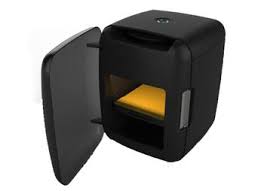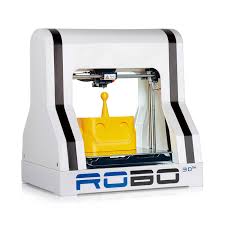This blog is for posting my own thoughts and views. I have never claimed to be a writer, nor am I really trying. Just putting my thoughts to print.
Month: October 2018
3D Printing, at last.
For years I’ve been trying to find a 3d printer that works reliably and has good support. Started off with a Makerbot kit, which worked well, for awhile. Then Makerbot went crazy with the pricing and went private, so I lost heart in the company.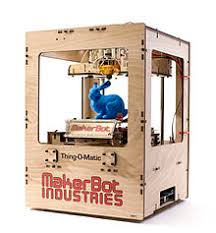
From there we switched to Solidoodle 3, 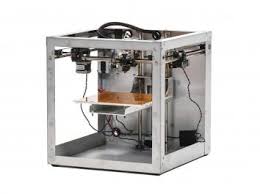 Supported Solidoodle Press though a kickstarter, took almost two years to receive and NEVER got a good print out of the unit. The unit looked great though. Back and forth with tech support to the point that they wanted me to send back unit for repair. Which I never did, thank goodness. They were out of business weeks later.
Supported Solidoodle Press though a kickstarter, took almost two years to receive and NEVER got a good print out of the unit. The unit looked great though. Back and forth with tech support to the point that they wanted me to send back unit for repair. Which I never did, thank goodness. They were out of business weeks later.
A few weeks ago I received notice from Robo, that they were discounting remaining R1+ units, I jumped at it. So far the unit has printed everything I’ve requested, even prints that took 8 hours. A total first.
The units LEDs stopped working, so I contacted Robo, after a few trouble shooting emails, I have new Lights and a have received answers to all my issues quickly and without a lot of template replies. Fantastic printer at low cost.
FlightAware – PiAware
FlightAware was easy to setup and great fun to use. Can track flights flying over your head leaving contrails spoiling your beautiful blue sky. Get the story about a plane and its current flight. Sharing your data with FlightAware gives you free access to their Enterprise plan, well worth it.
Basically you setup a Raspberry Pi, with a ADS receiver which monitors the airwaves for ADS data from flights within range. The area I live in is rather hilly, so at first I wasn’t happy with the units range so I added an external antenna which dramatically increased my systems range. All and all the system cost about $150. You leave it running, then can remotely monitor you PiAware unit over your network through a browser. Plus you can access your data directly from FlightAware’s site, well your data anyway.
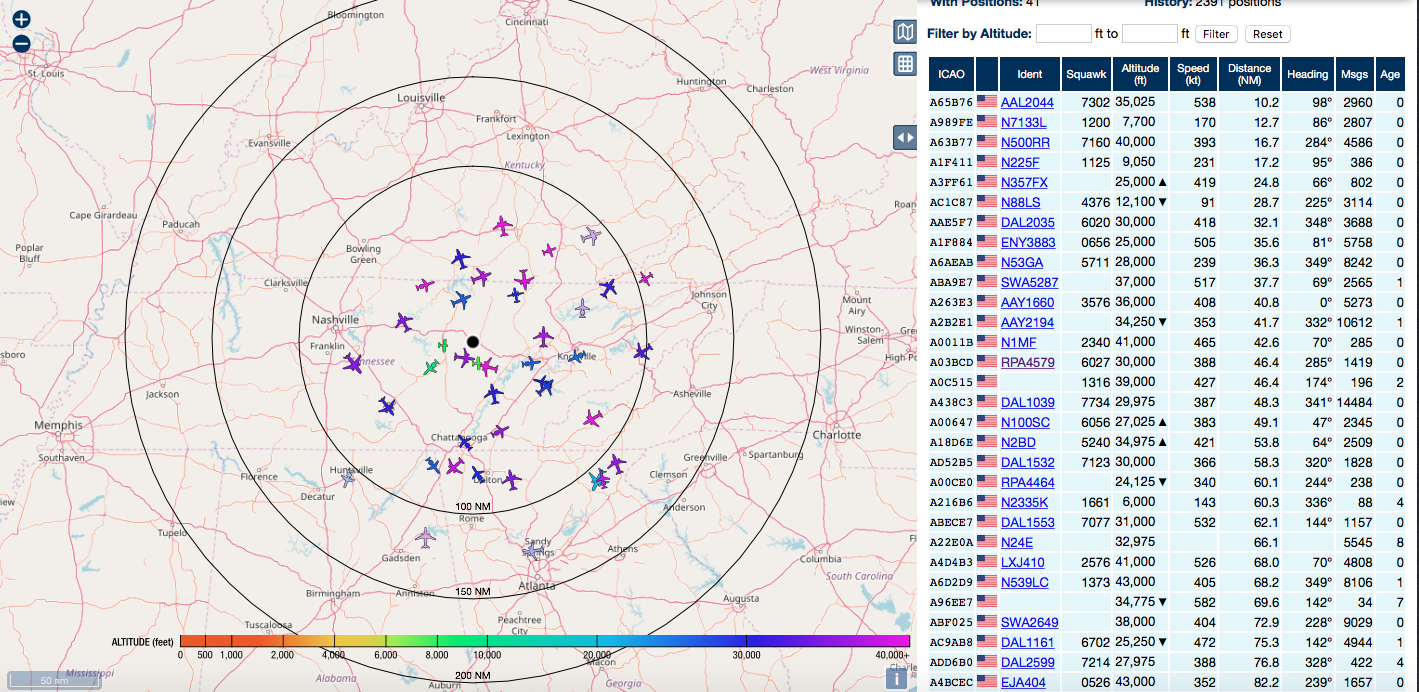 Was able to monitor flights in real time.
Was able to monitor flights in real time.
You can overlay current weather. You can also spend more for better antennas and higher antenna mounting, which would improve your stations reception.
All and all, great fun, nice use of a Raspberry Pi.
UPDATE: After a year of operation the system stopped sending data. Tried a new USB Receiver, a new Pi, patch cable, nothing worked. Finally changed the power supply, which was on of the nice Raspberry Pi brand ones, with Power LED. That was it, fixed. Unit was getting power, but I guess it wasn’t getting enough. Odd same power supply worked for a year, then just stopped producing enough power. Oh well..
